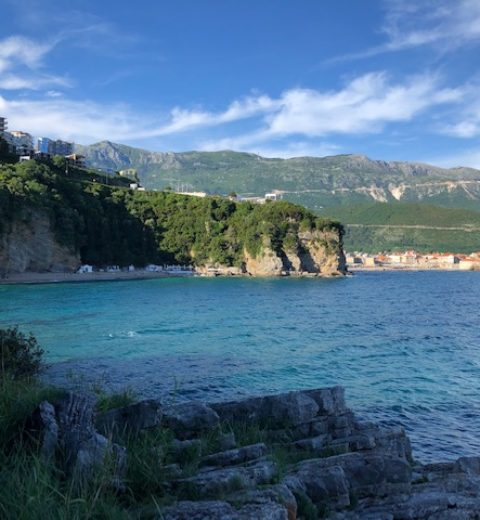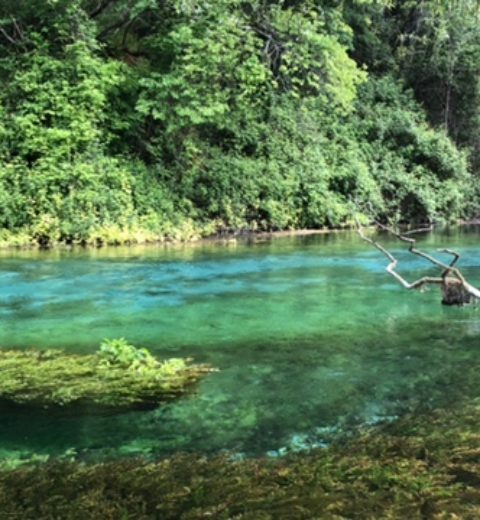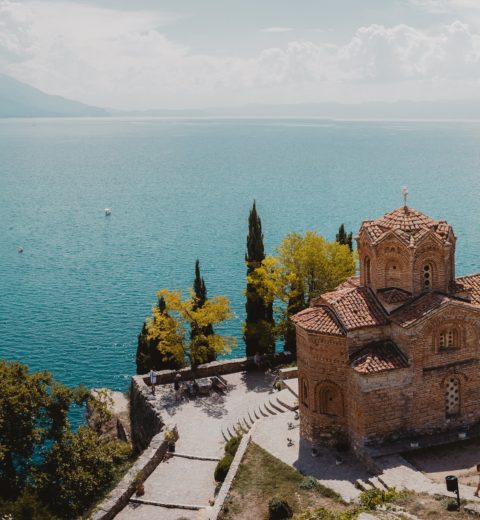Best Things To Do in Kyoto | Japan’s Spiritual Sanctuary
Though not too far from the bustling chaos of Tokyo and Osaka, Kyoto follows a different path, one more quiet and contemplative. Home to traditional shrines, ancient alleyways, and inspiring natural scenery, Kyoto represents a Japan of days past while still feeling modern and eminently accessible.

What To Know
Kyoto lacks an airport, making the easiest way to access the city Japan’s famous shinkansen, or high speed trains. The city is a very short trip from nearby Osaka, or a slightly longer but more scenic trip from Tokyo. While English is not as widely spoken in Kyoto, there is plenty of English signage, and English tours or audio tours can be arranged either on site or from your hotel. Check online before your trip. Weather in Kyoto is temperate, and what you pack really depends on what season you’re planning to visit. That being said, it can be chilly at night, so layers are always a good option. Keep in mind that though Kyoto and its attractions are generally cheaper than other Japanese cities, food and souvenir costs can add up if you’re not careful.
While Kyoto is worth a trip on its own, and can fill several days of any itinerary with ease, it is best enjoyed in contrast to the modern sprawl of Osaka or Tokyo, and doing a combination trip with one of these two cities is recommended, especially for travelers visiting Japan for the first time.

Things To Do In Kyoto
Kyoto does not lack for sacred sights, and in fact features some of the most beautiful in all Japan. Fushimi Inari Taisha is perhaps the most famous, and with good reason. Resting at the base of a mountain, the Shinto shrine combines a traditional setup with winding forest trails and secluded pavilions. Be sure to walk the paths that run beneath 10,000 tori gates for a truly mesmerizing experience. On the other side of the city, Kinkakuji, the Golden Pavilion, features scenic views of the titular pavilion across a lake as well as closer encounters. Toji, Kyoto’s famous pagoda, is also worth a visit for anyone looking to explore Kyoto’s long history. Finally, Kiyomizu-dera, Kyoto’s resident mountain shrine, is a must for anyone seeking harmony and scenic views of both nature and the city.
Nijo Castle offers a different side of traditional Japanese architecture, and allows you to get lost in the brilliant splendor of the Tokugawa shoguns who dwelled here. The castle features beautiful exteriors as well as resplendent interiors in various styles. Arashiyama, a seemingly endless bamboo forest, resides on the edge of the city and completes your trip with a slice of Kyoto’s modernity and connections to nature. Animals lovers should be sure to visit the nearby Monkey Park for one last adventure.

Food and Lodging
Kyoto is also the traditional home of the geishas, and though they wander the streets of the Geisha district occasionally, a more personal experience can be had by attending a dining experience with one. Dinners, consisting of traditional Japanese cuisine – can be had in a variety of settings, but be aware they can cost around $180 a head. Check out this link if interested.
Accommodation prices range, though even the cheaper guest houses are generally of good quality, though bathrooms may be shared. Be advised that the lower prices may occasionally result in hosts not having great English speaking abilities, though services should still be top notch. Be aware also that Japanese accommodations generally consist of smaller spaces, and while this holds true in Kyoto, spaces are never so cramped as to feel uncomfortable.

Header photo by Andre Benz on Unsplash






